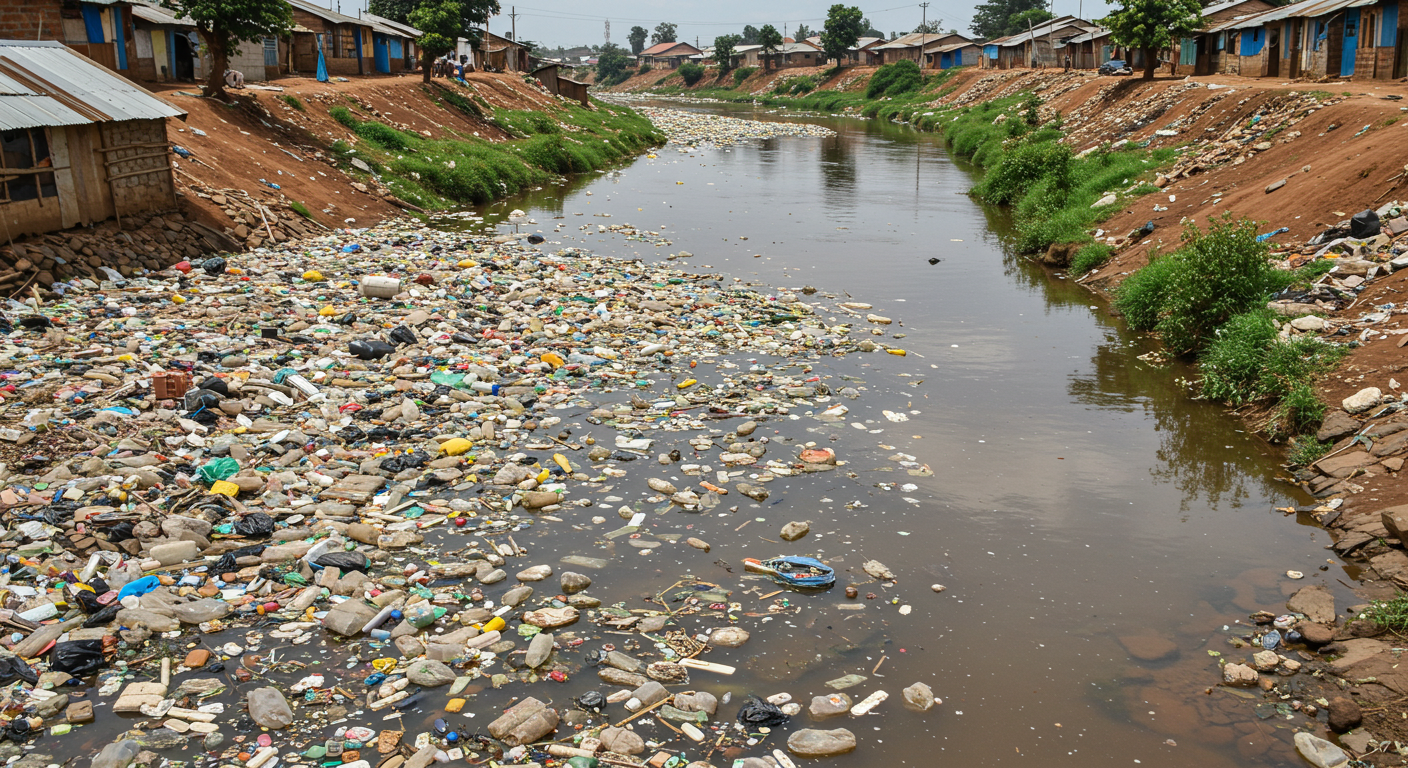1.9 percent of Kenya is covered by water.
Kenya has several water bodies, including Lake Baringo, Lake Naivasha, Lake Turkana, Lake Victoria, and the Indian Ocean.
Some sources say a quarter of water in Kenya is piped, with 0.7 percent of Kenya’s population collecting rainwater.
Such data implies that approximately 75 percent of Kenyans rely on water bodies for their daily needs, further complicating the challenges of 85 percent of Kenya’s land being arid or semi-arid, with other sources stating that approximately 60 percent of Kenyans have access to safe drinking water.
The remaining percentage is at risk of drinking polluted water, sometimes infiltrated by pharmaceuticals.
Pharmaceuticals In Kenyan Water
A study of water from River Sosain shows detectable levels of pharmaceuticals, with results showing the presence of penicillin, sulfonamide, and sulfamethoxazole.
Other studies show the presence of pharmaceuticals in water sources within Nairobi and Kisumu cities, including caffeine, paracetamol, sulfamethoxazole, and trimethoprim making up part of the 20-plus different pharmaceuticals found within Kenyan water sources.
Such dire statistics worsen with occurrences of extreme weather, for example, the recent floods seen in Kenya, which affected some pharmaceutical establishments, including a supplier, as medicines that come into contact with the flood waters feed into the water systems over time.

How Do Pharmaceuticals Get Into Water Bodies?
Pharmaceuticals can get into water bodies when medicines are improperly disposed of, for example, in garbage bags, which garbage collection centers consolidate, feeding into sewages and water bodies when incorrectly handled.
Some studies show that sewages are a significant route through which pharmaceuticals get into the water, with concentrations higher around informal settlements where poor sewage connectivity is rampant.
How Can Pharmacy Professionals Protect Water Bodies?
Pharmacy professionals can protect water bodies from pharmaceutical pollution in several ways, including adhering to Good Distribution Practices (GDPs), which cover regulations on the disposal of medicines.
The professionals can also work on limiting the number of disposed pharmaceuticals by collaborating within the industry to reduce the amount of medication requiring disposal by supporting the liquidation of stock that fellow professionals need help utilizing.
Redistribution platforms like Renew Rx offer a way of collaborating to reduce pharmaceutical waste by linking facilities looking to liquidate products with those open to liquidating such stock.
Impact
Pharmaceuticals in water pose a health (to humans, aquatic life, and animals) and ecological risk, with medicines in water feeding into the rise of antimicrobial resistance, especially when they find their way into freshwater sources.
Pharmaceuticals like hormonal-based medications, antiretrovirals (ARVs), and some antibiotics pose a risk of increasing pressure on public health resources due to their carcinogenic nature, a disease on the rise within Kenya.
Pollution of water resources breaches the fundamental international human right to life by limiting access to clean and safe water, an element humanity requires to survive, with studies showing that people risk losing their lives if they cannot access water for a few days.
In the long term, we need to systemize solutions to mitigate additional risks that come with population increase, as there is bound to be more pressure on the need for safe water by a bulging population.

